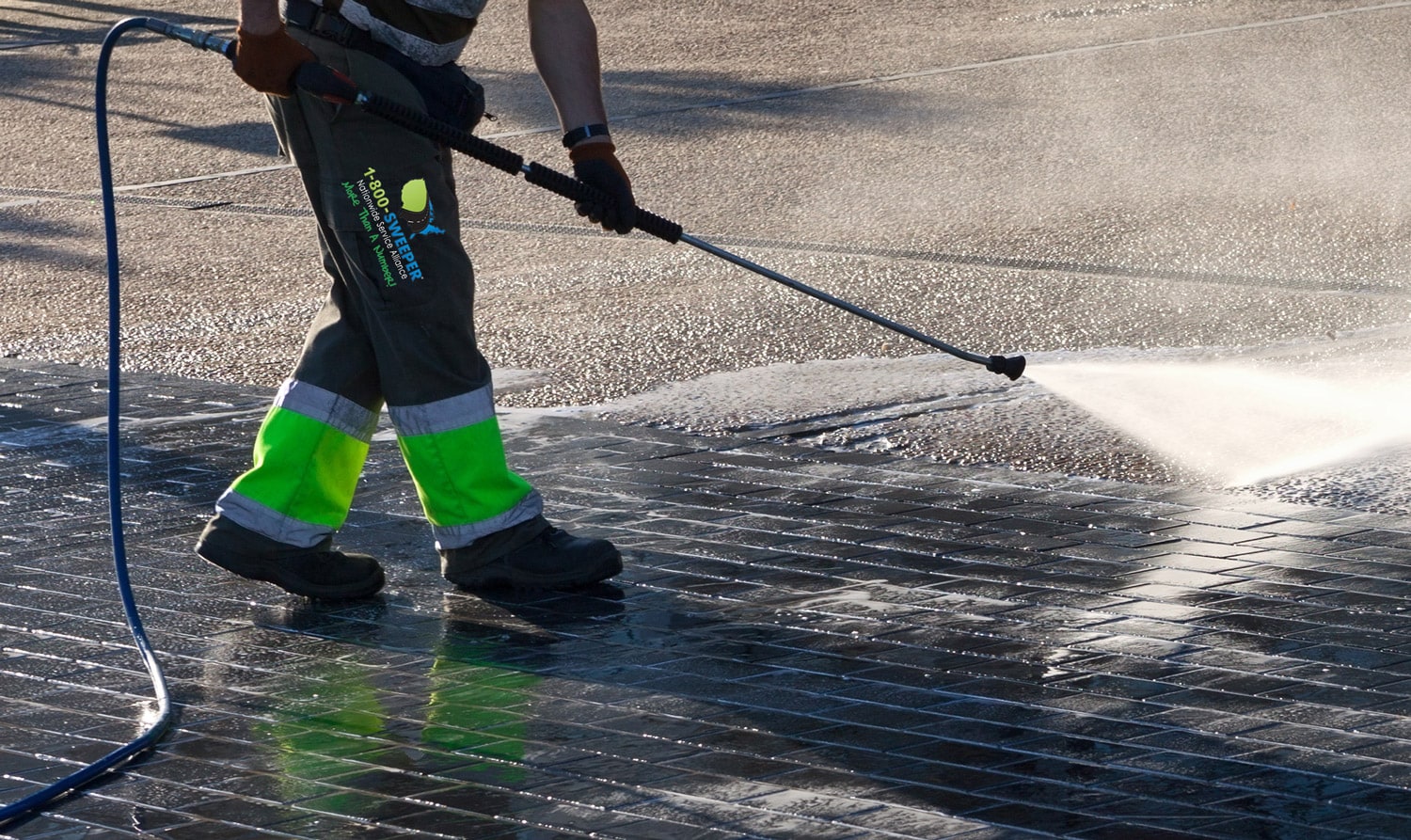
What Are Curtain Walls And How Are They Installed? The low heat resistance allows heat transfer and solar radiation to warm internal surfaces, creating uncomfortable heat build-up. Fixed louvres within the system offer limited heat gain reduction, https://heyzine.com/flip-book/a459462ae7.html primarily addressing glare. External louvres provide marginal improvement by absorbing and re-radiating heat outwards. This not only saves time and money during construction but also ensures a visually appealing and unique exterior for the building. By resisting air and water infiltration, these systems help to reduce heating, cooling, and lighting costs. The use of lightweight materials allows for more efficient installation, resulting in reduced labor costs. Additionally, the modular nature of these systems allows for easy customization and flexibility, adapting to the unique design requirements of each project. By the balanced allocation of the kinetic force upon the building’s surface, curtain wall construction enables a structure to produce greater resistance against wind, enhancing its stability. Precipitation in the form of snow and rain can adversely affect a structure if the moisture is able to invade the interior space of the building.
Contact Us
Clear View Builders
Email: [email protected]
Phone: +19164205862
4913 Rio Linda Blvd
Sacramento, California, United States 95838
Stick Curtain Wall System
- These systems use terracotta panels as the primary cladding material, providing a range of benefits such as durability, energy efficiency, and aesthetic appeal.These facades can adapt their properties based on external conditions through technologies like electrochromic glass, which changes tint in response to sunlight intensity.Successful curtain wall construction depends on several critical factors that ensure both the appearance and functionality of the building.In residential construction, thicknesses commonly used are 1⁄8 inch (3.2 mm) monolithic and 5⁄8 inch (16 mm) insulating glass.
Functional Requirements of Curtain Walls
The air inside is usually atmospheric air, but some inert gases, such as argon or krypton, may be used in order to offer better thermal transmittance values. A storefront is an aluminum and glass façade system used primarily on the first floor of buildings to provide a functional, aesthetically pleasing and efficient architectural solution. These systems are designed to combine durability, performance and aesthetics without compromising energy efficiency. Glass fins can be engineered to provide significant structural support, allowing for the creation of large, open floor plans without the need for additional columns or supports. Additionally, the use of glass fins can help to reduce the overall weight of the facade, which can result in cost savings during construction. Another benefit of steel curtain wall systems is their ability to create striking and unique building facades.Essential Painting Advice for Homeowners: Tips and Techniques for a Successful Project
These methods allow for precision in design and customization that were previously unattainable. Innovative materials such as photovoltaic glass also offer potential for energy generation, integrating renewable energy solutions directly into the building envelope. It’s a must that the field and in-shop teams operate in conjunction – not just literally, but also when selecting products. The entire curtain wall design process requires both sides to use materials suitable for the project – and communicate with each other about those materials. You can also choose curtain wall types based on how the glass is held to the wall structure. These designs often feature high-performance glazing, thermal breaks, and other innovations that enhance building sustainability. At first, they were simple structures made of glass and steel, designed mainly for practical reasons. But thanks to advancements in construction technology and materials, curtain walls have come a long way, becoming more stylish and energy-efficient. Understanding these elements provides valuable insights into how curtain walls contribute to modern construction projects’ success. 